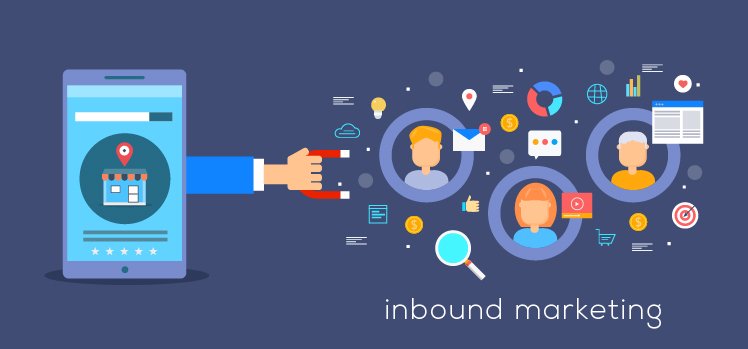For companies with a Mixintech product, digital marketing is nowadays an obligation. Indeed, this business model is based on the internet; the question is not what marketing strategy to adopt, but rather how to implement a digital strategy adapted? The most common and adapted answer is the implementation of an Inbound Marketing strategy; the best way to generate qualified leads over the medium-long term and to have content that educates your visitors.
Having a professional blog is good, but I want my site to be referenced. Is it coherent?
An inbound marketing strategy (80% content creation) is fully mingled with a semantic approach to natural referencing. What we are told: “OK, in case I want only an SEO strategy.”
Only this vision of Search Engine Optimization is limited to a technical optimization of its site.
It’s a limiting conception of SEO, which is to say, “If I optimize my current site pages correctly, and put some text with the right keywords, I should get into the first results of Google.”
This is completely wrong because today to be well referenced on Google a site needs a lot of pages and content encompassing all of your themes. Google’s algorithms need a lot of information to understand that the site in question touches a theme and a specific audience.
Optimize your website is an operation to carry because it is the base allowing you to acquire the good traffic. But this is not the approach that will allow you to exceed your competitor on the results of your keywords on Google.
Because a website is limited by:
- Homepage,
- A team presentation page,
- A page about your values,
- A page Legal notice,
- A general conditions page,
- Some pages produced,
- Some landing pages,
- That is just about everything.
And here is the problem. You do not have enough pages on a lambda website to report to Google exhaustively (and you do not want to be concise at this level, believe me!) That you are relevant to the desired theme.
Yes, but a blog is not a website?
Have a SEO optimized blog with “evergreen” content (SEO jargon, which means that the subject is not limited in time, and that unless there is a major upheaval in your market, the content of the SEO article will be valid forever) is the best way to attract organic traffic to your site with lasting effects.
If the content is valid for years and visitors continue to click on it … it will please Google. Indeed:
- Google does not refer immediately to websites. It takes time before rewarding SEO efforts. According to Neil Patel (one of the pioneers of SEO in the United States), it takes 2 years. And it’s 2 years under certain well-defined and strict criteria, which are demanding.
- A prolonged interest of the Net surfers is one of the key indicators that Google searches while browsing the web.
- By having timeless content, you maximize your chances of sharing on social networks and see other sites give you an example. Which, translated into SEO language, corresponds to having backlinks (URL links) pointing to your site. And that, Google loves everything.
What visual identity for my blog?
We feel that we are talking about the blog as a separate element of the site … From a technical point of view, the blog is linked to the site. But from a project management point of view, it can be managed in a completely decorrelated way. If you make a redesign of your site, the blog will not be affected and will continue to work for you.
Is inbound marketing a profitable marketing strategy for SaaS software that has low pricing?
On products with high pricing, traffic sources like LinkedIn or Twitter take a little more importance, and sales cycles are longer.
While on products/services where the price is low, we seek to have the answer quickly. So we rely even more on Google.
To surpass your competition and be in the top 3 research on your strategic keywords, there is no better than the content optimization strategy in semantics coupled with inbound marketing to convert your visitors.
